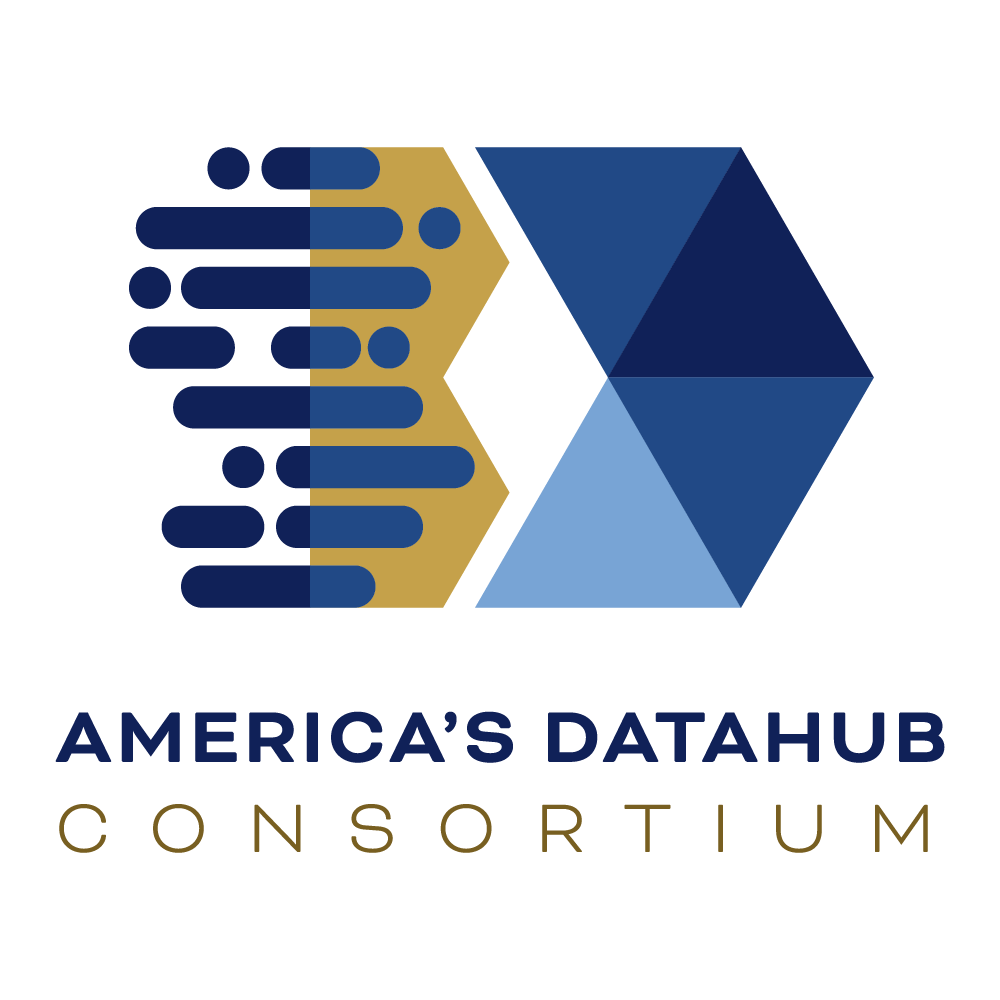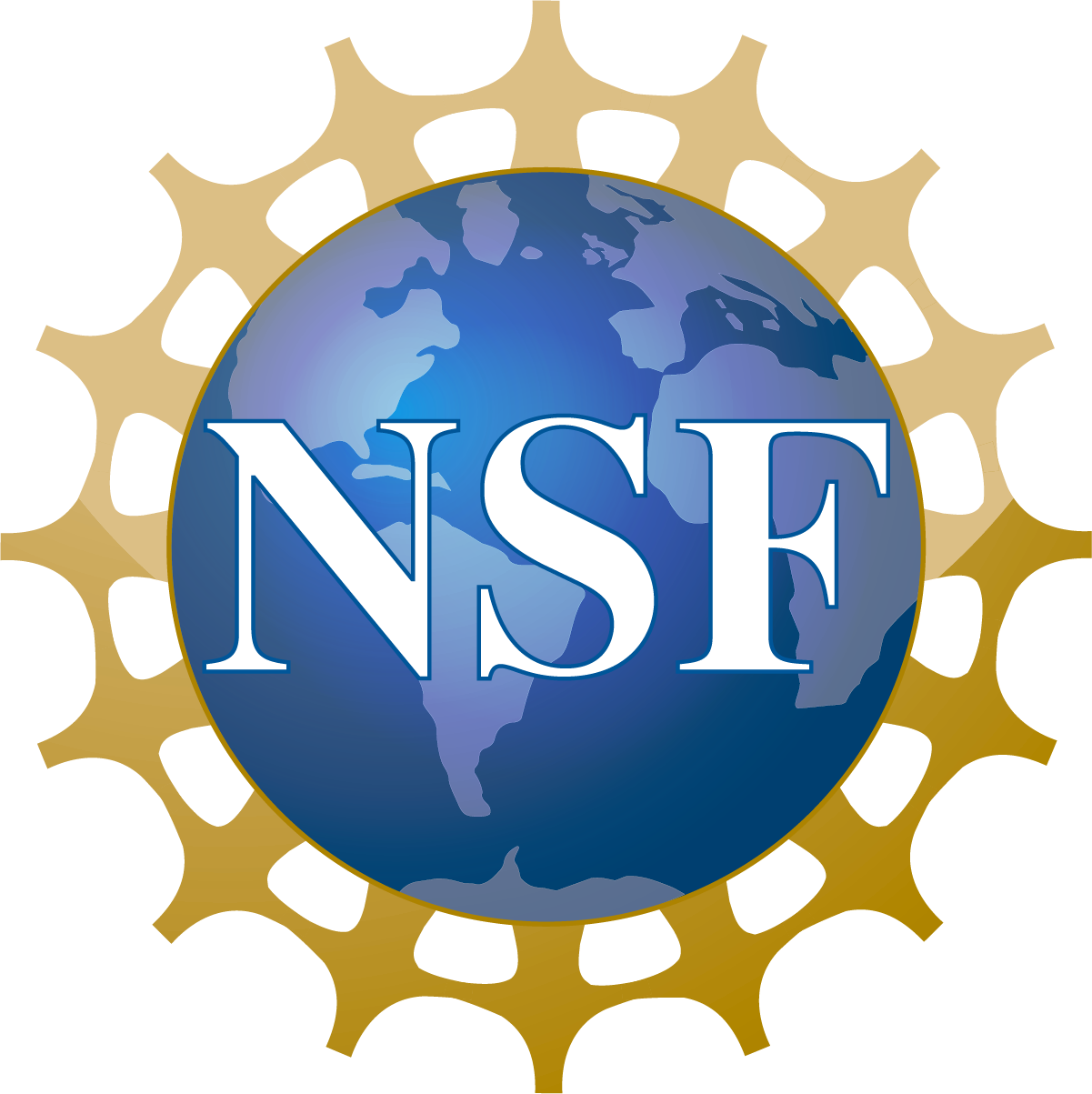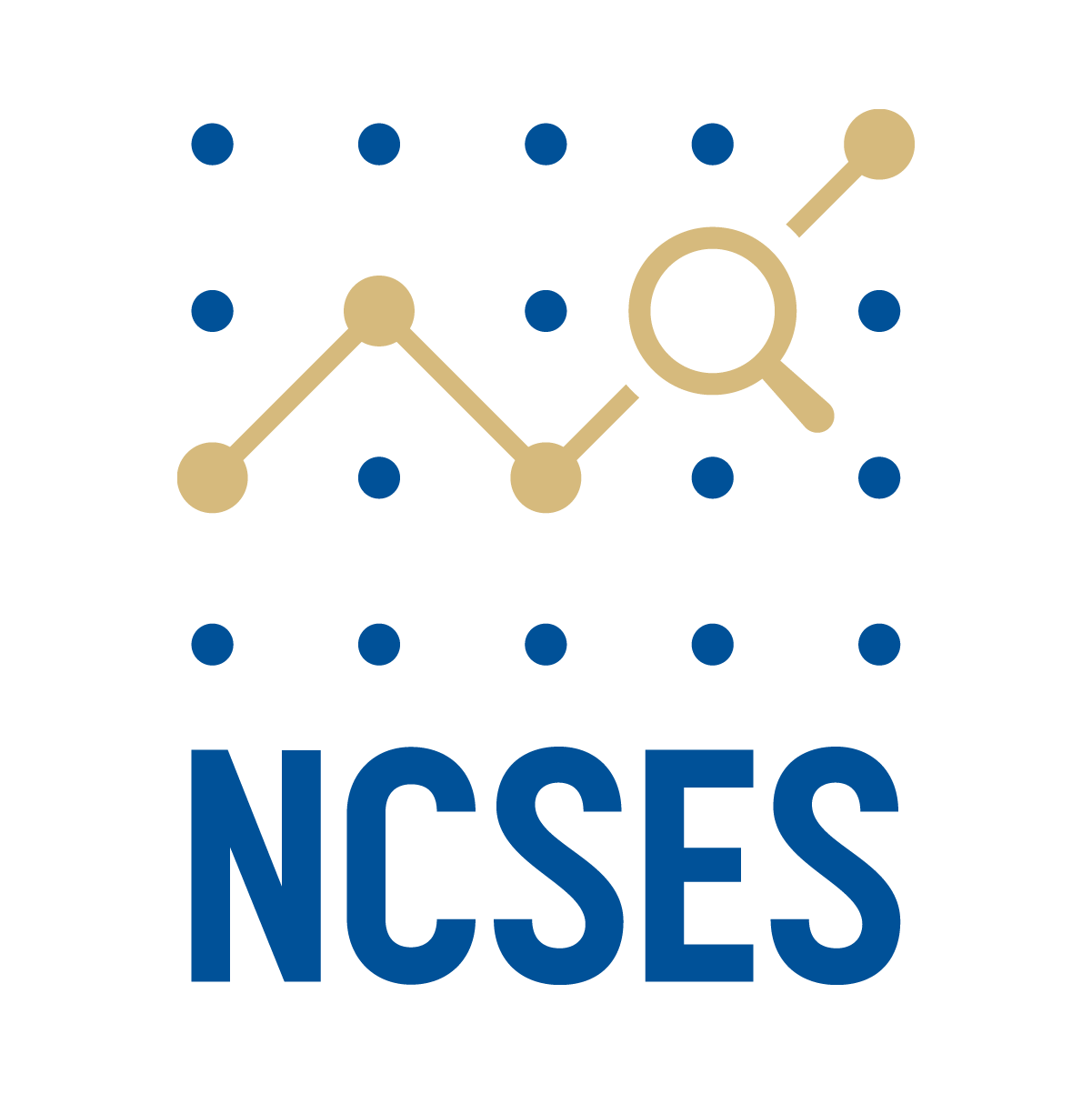Project Name:
Informing Evidence-Building Capacity among State, Local, Territorial, and Tribal Governments within a National Secure Data Service
Contractor: Mathematica
Lessons Learned
The Mathematica team conducted need-sensing discussions with partners to gather insights on two key questions that will guide the development of the contact list and stakeholder engagement strategy for state, territory, and local government respondents:
1. What types of data should be included in a national secure data service?
2. What kinds of questions would stakeholders at the local, state, and territorial levels like answers to, and how does that change by sector?
Below are the key takeaways from these discussions:
1. Key types of data to include:
a. Census and Demographic Data: Population distribution and demographic breakdowns (e.g., age, gender, race, ethnicity).
b. Criminal Justice Data: Law enforcement, incarceration, and jurisdictional public safety data.
c. Education Data: Enrollment, graduation rates, student demographics, workforce pipeline tracking, and educational spending for budget analysis and cost comparisons.
d. Housing and Public Benefits Data: Usage of public housing, benefits like Supplemental Nutrition Assistance Program (SNAP), and related expenditures.
e. Infrastructure Data: Spending on infrastructure projects such as internet access, roads, bridges, electrical grids, cybersecurity, and critical infrastructure.
f. Licensing and Certification Data: Professional licensing, certifications, licensure reciprocity, and related industry data (recommend Council of State Governments as a data source).
g. Natural Disaster Data: Costs and labor related to disaster response and rebuilding efforts.
h. Public Health Data: Health outcomes, healthcare access and usage, and substance use information.
i. Scientific Research Data: Federal research funding, publications, patents, and innovation metrics.
j. Tax Data: Income tax, Earned Income Tax Credit (EITC), and other tax-related indicators. ADC-IEBC-24-N5 10/11/24 Mathematica® Inc. 4
k. Workforce and Economic Data: Employment, earnings, occupation, industry, and demographic trends.
2. Key policy questions that could be answered:
a. Education: Pathways from education to workforce, employment during education, and nontraditional student outcomes.
b. Evidence-based Policymaking: Stakeholders have expressed a need for resources to evaluate strategies and programs. Stakeholders also need guidance on how to use an NSDS to assess the impact of new strategies, programs, and policies. Additionally, they need support in identifying what to measure to effectively evaluate outcomes.
c. Health and Wellness: Substance use/disordered substance use tracking, public health outcomes, and cross-jurisdictional public safety data.
d. Public Policy and Evaluation: Land use and public program impact across jurisdictions.
e. Program and Policy Outcome Evaluation: Data on program and policy outcomes that are sorted by similar jurisdictions, such as rural areas versus large urban centers. This would allow stakeholders to assess the relevance of evidence-based programs to their specific sectors and locales.
f. Supplemental Data Sources: Expanded use of SNAP, ACS, county-level data, and publicly available county-level data curated by NACo (e.g., County Explorer tool).
g. Longitudinal Data: Cooperative longitudinal educational datasets from state and regional collectives.
h. Council of State Governments Book of the States: A comprehensive collection of state-level data and statistics for supporting analysis.
i. Workforce and Economic: Labor market trends, employment trajectories, and dual-enrollment programs’ effectiveness.
The National Indian Health Board, with the support of Mathematica, convened a Tribal Expert Panel (TEP) of ten individual data experts. Through discussions with the TEP over the course of the study, we hope to gather expert insights on the needs and expectations of Tribal Nations regarding the National Secure Data Service (NSDS) demonstration, including how federal data can support decision-making within Tribal Nations.
At a more direct level, the TEP will guide critical elements of our work with Tribal Nations, including the development of contact lists, the data collection protocols (discussion guides), and the deliverables related to the information gathered. Early feedback from the TEP indicates that many members have concerns surrounding data stewardship and data sharing. These topics will continue to be discussed with members as this project progresses.
Lessons learned in this quarter are informed by engagements with individuals that represent state, territory, county, city, and Tribal governments and who use federal or non-federal data as part of their work.
Key takeaways:
- A need for illustrative examples to describe the NSDS – Feedback from survey pretest participants and the Tribal community indicated that the current materials and the graphic being used to provide context about the NSDS may be too technical for the desired respondents and could benefit from simplification as well as more illustrative examples. Although the graphics being used detailed the potential components of an NSDS (such as a data concierge, communities of practice, a capacity building center, and an analytics sandbox), the graphic does not describe the purpose of each component and, therefore, potentially raises more questions than it answers.
- A need to expand the categories of data usage – Additional feedback indicated that the survey should be accessible to a variety of data users across many different functions of government and sectors. In response, we expanded the survey to capture a variety of data usage scenarios and needs for accessible data, and reflect that users could be involved in more than one. For example, additional data usage categories added included using data to apply for federal grants, accessing data on specific neighborhood information (number of working streetlights, trash removal, etc.), and crime data. The survey was also adapted to reflect that some data was centralized at the state level, and some was kept locally.
- A concern for NSDS data security and confidentiality – All of the participants in the survey pretest had questions or wondered how data will be accessible and shared within an NSDS while also maintaining data security and confidentiality. This suggests that a key topic for interviews may be to expand on the needs and capacity around data security of potential users.
Key project activities have been on pause since the OMB package submission and there are no lessons learned to report this quarter.
Disclaimer: America’s DataHub Consortium (ADC), a public-private partnership, implements research opportunities that support the strategic objectives of the National Center for Science and Engineering Statistics (NCSES) within the U.S. National Science Foundation (NSF). These results document research funded through ADC and is being shared to inform interested parties of ongoing activities and to encourage further discussion. Any opinions, findings, conclusions, or recommendations expressed above do not necessarily reflect the views of NCSES or NSF. Please send questions to ncsesweb@nsf.gov.




